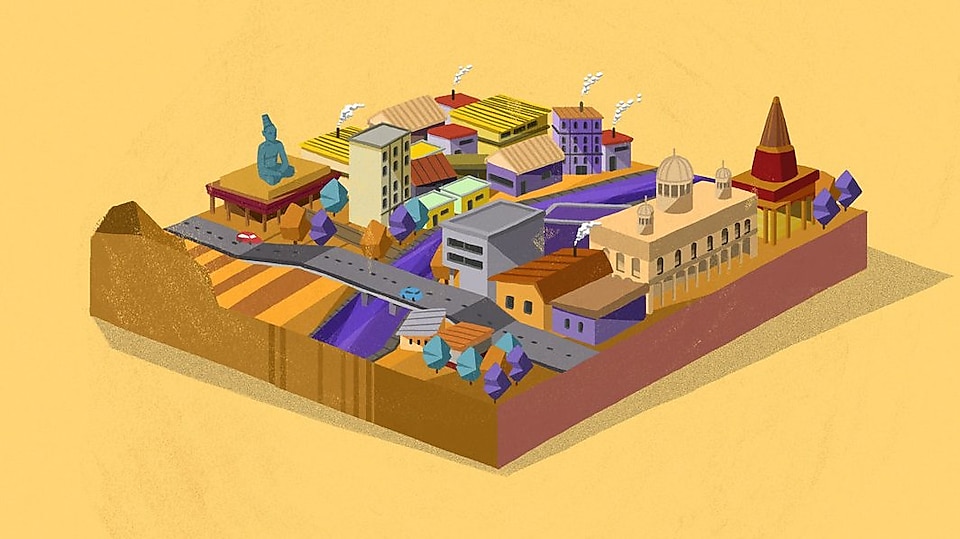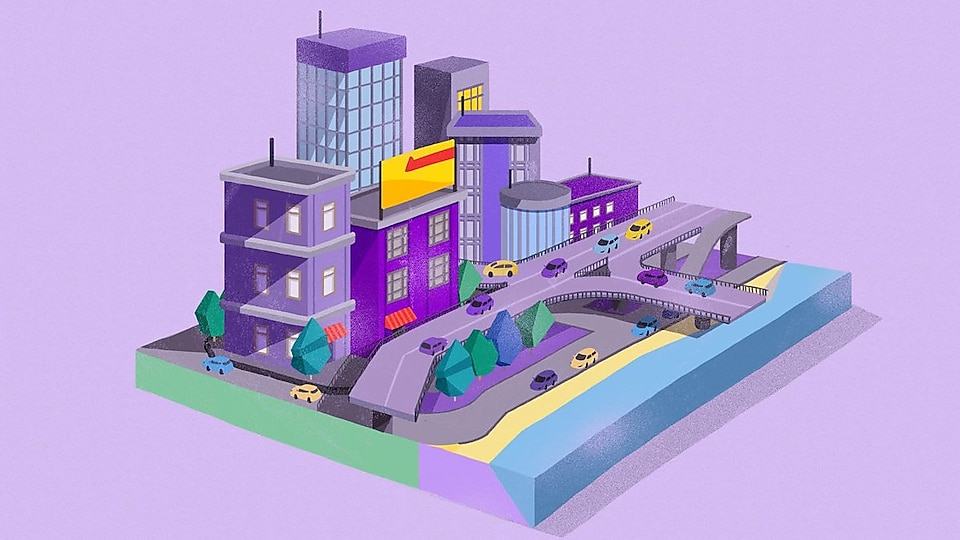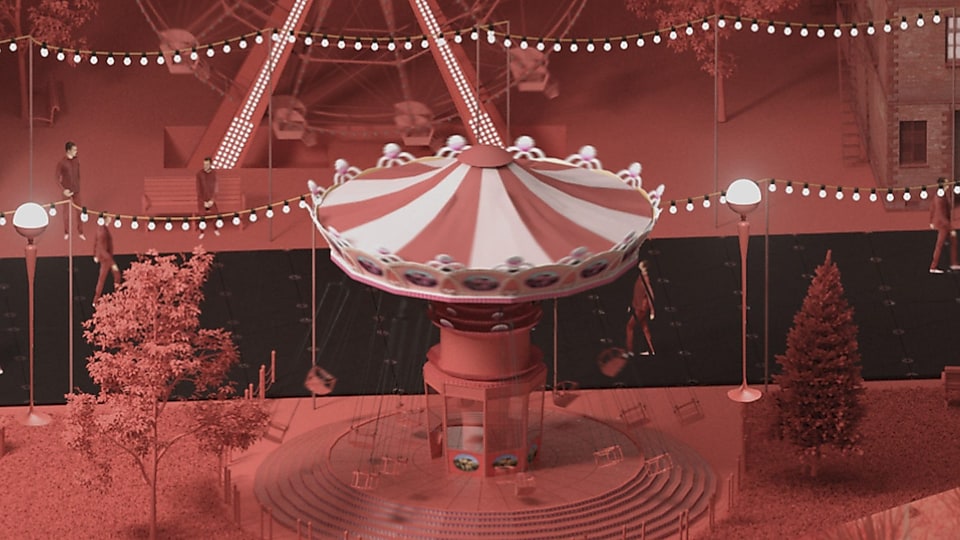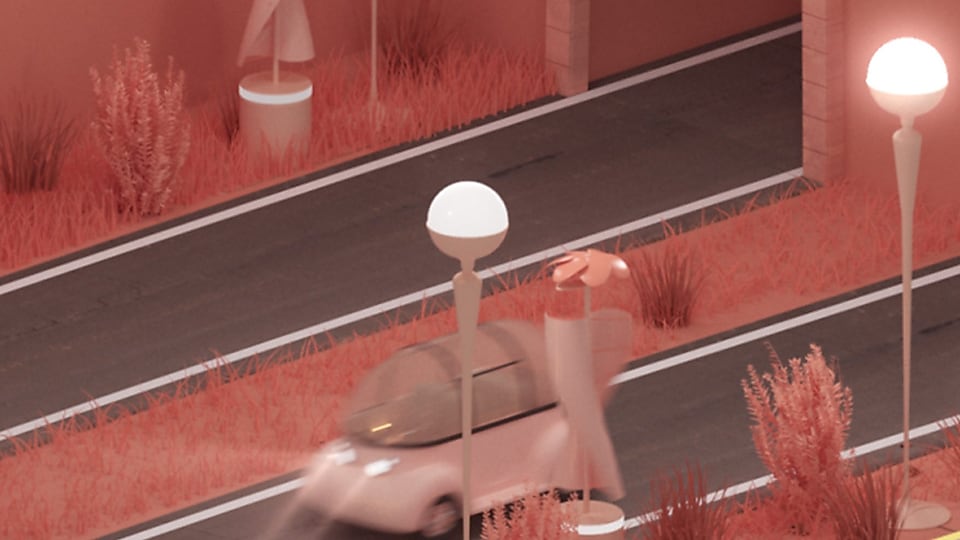
Lighting up lives with gravity
GravityLight’s simple-but-innovative lighting device is bringing clean, safe, affordable light to families without electricity. Shell is collaborating with this unique start-up to help change lives in Kenya and around the world.
Most of us are used to light at the flick of a switch. But in Kenya, 80% of people have no access to electricity and are dependent on dangerous kerosene lamps for light and cooking. Start-up GravityLight set out to tackle this issue by developing an affordable and safe light that can be powered with just a bag of rocks.
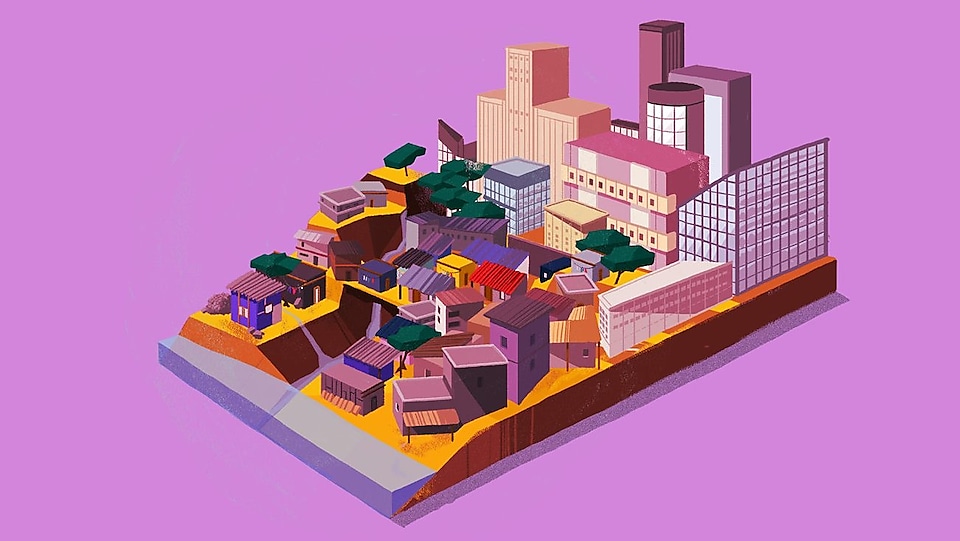
Add title
Title: Shell Better Energy Future Gravity Light Kenya
Duration: 45”
India Kenya Gravity Light transcript
(Shell track plays)
(Animated sequence)
Open on a purple screen with a pink text box in the centre
(Text display)
VO & super: How can a bag of rocks spark a Kenyan child’s imagination?
(Animated sequence)
The box expands to include all the copy and an animation of a bag, a rock and a child’s face with a lightbulb on, connecting to the highlighted words.
(VO)
In many parts of Kenya when nightfall comes, people’s only light source for reading or studying is a kerosene lamp, which is costly to run and risks exposure to toxic fumes and burns.
(Animated sequence)
We see a Kenyan village with the Kenyan map & flag pulled out. It goes from day to night.
(Animated sequence)
A child reads a book with only a kerosene lamp for light.
(Super)
Kerosene lamp
Costly to run
Toxic fumes
Burns
(VO)
So Shell has helped bring the GravityLight to Kenya’s off grid homes.
(Animated sequence)
A Kenyan village appears at night with the Shell logo pulled out.
(Animated sequence)
We see a Gravity Light.
(Super)
GravityLight
(VO)
This ingenious lamp harnesses the energy created by a bag of rocks linked to a pulley system and a small dynamo
(Animated sequence)
We see a GravityLight working with a visual of rocks appearing
(Super)
Rocks
Pulley System
Small dynamo
GravityLight full intensity
(VO)
To provide precious minutes of reading light.
(Animated sequence)
We see a child reading under a GravityLight
(VO)
This safe, renewable light source is giving Kenyans, without access to electricity, a valuable opportunity to learn and improve their futures.
(Animated sequence)
Children appear in a classroom, reading using GravityLight
(Super)
Learn and improve their futures
(VO)
It’s just one of the ways that Shell and GravityLight are helping to bring better energy to people.
(Animated sequence)
We see a birds eye view
(Animated sequence)
A globe with pulling out the UK, China, India, Kenya, Brazil, Germany, and the US
(End frame)
#makethefuture
Shell Pectan
Shell mnemonic
For millions of people in Kenya who are dependent on kerosene lamps to light their homes, schools, and businesses at night, the open flames and fumes can be dangerous – especially for the children using them to do homework by. Buying kerosene canisters is also a costly expense for many families.
GravityLight saw these challenges and set about creating a light that is safer, cleaner, comes with no reoccurring costs, and can work without electricity. The solution the start-up arrived at is a simple device using only the weight of a bag of rocks and the power of gravity to power its LED bulbs.
In October 2016, Shell and GravityLight set off on a 50 Night Tour through Kenya to bring the light to off-grid communities around the country. The tour aimed to educate locals about the device, as well as allow Shell and GravityLight the opportunity to learn how people are using the light to help make a difference in their lives.
It might seem like a small solution, but it’s one that could have a big impact.
Discover bright energy ideas
Pipeline to a better future
In Gujarat, India, natural gas is replacing solid fuels, bringing cleaner air to homes.
Powering samba beats with Rio sunshine
This Rio community is being transformed thanks to one of its most abundant resources: sunlight.
A cleaner way to cook
Smoke from traditional solid fuels make many stoves in China a danger to people’s health. Innovative designs and business models are tackling it.
Could a car’s only emission be water?
Hydrogen can power the cars of the future and swap exhaust emissions for water.
More in make the future
Empowering a community through footsteps
To help empower a small community in the heart of Rio de Janeiro we created the world’s first player-powered football pitch floodlights.
A new spin on efficiency
What if we could capture the wind created by passing cars with roadside turbines, and turn it into usable energy?
